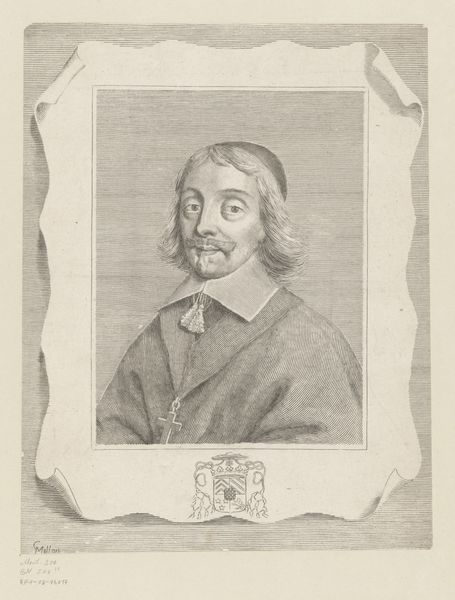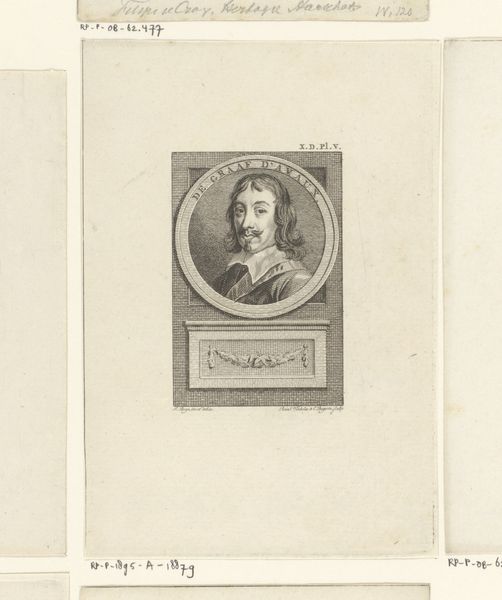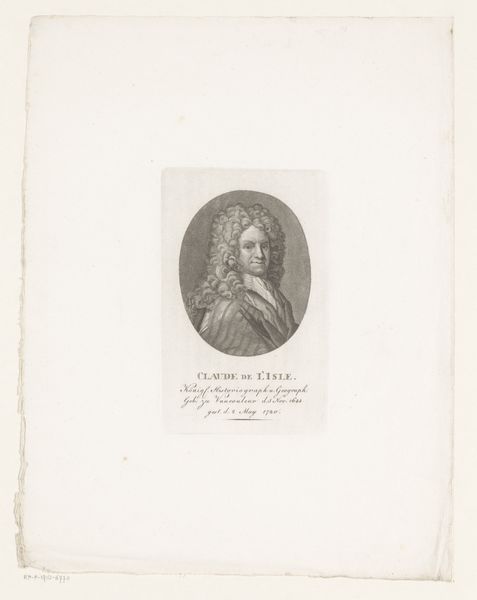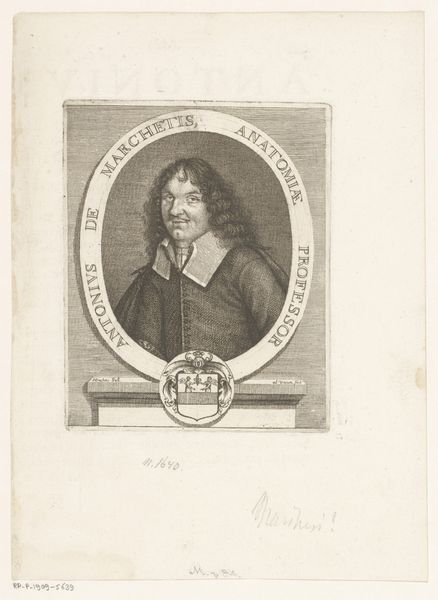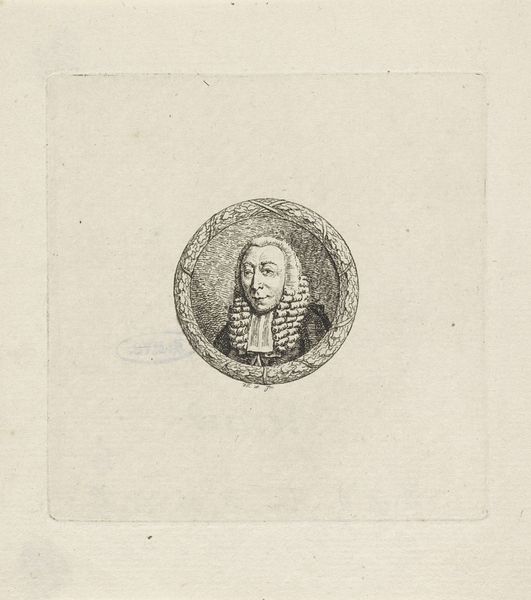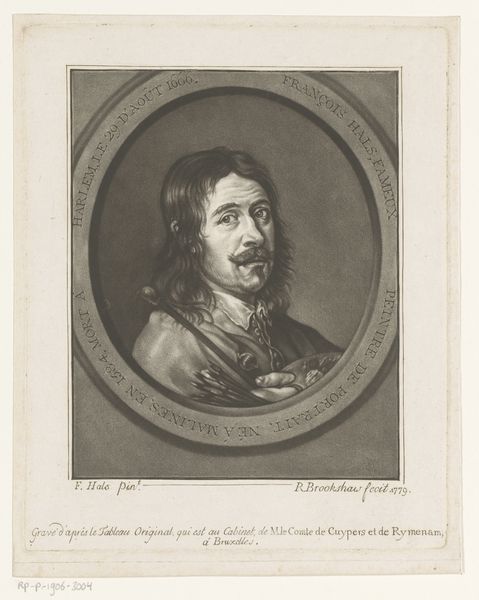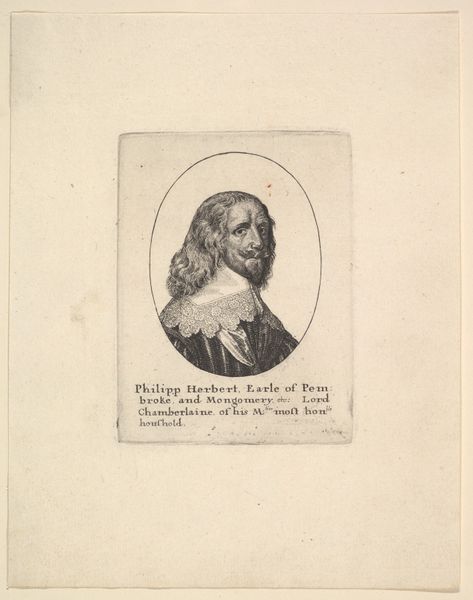
print, engraving
#
portrait
#
dutch-golden-age
# print
#
old engraving style
#
engraving
Dimensions: height 241 mm, width 198 mm
Copyright: Rijks Museum: Open Domain
Editor: This is a portrait of Constantijn Huygens, dating between 1623 and 1686, created by Jonas Suyderhoef. It's an engraving. It has a very classical, almost severe feel to it. The precision of the engraving gives it a sense of formality. What strikes you about this piece? Curator: The fact that this is a print is significant. In the Dutch Golden Age, the rise of the print market made images like these incredibly accessible. Consider how this availability impacted the construction and dissemination of identity and reputation for figures like Huygens. How does this image function within the broader context of print culture at that time? Editor: That's interesting. So, it wasn’t just about artistic skill, but about making the image, and therefore Huygens himself, widely known? Curator: Precisely. Printmaking allowed for a new kind of public image. We might think about who this portrait was aimed at, what audience it sought to impress. What statement do you think this portrait aims to communicate about Constantijn Huygens, especially when distributed on such a large scale? Editor: It presents him as educated and sophisticated, but also approachable. The inclusion of that Latin inscription gives a certain intellectual gravitas too. I’m wondering how closely his public image mirrored his true character? Curator: That's always a crucial question to consider. Artists, then as now, navigate between representation and reality. By understanding this work within the social and cultural context of printmaking, we learn that art isn’t just about aesthetics; it's about power, dissemination, and the politics of seeing. Editor: I didn't realize prints could be so important for someone's reputation. This has definitely opened my eyes to looking at art from a broader societal perspective.
Comments
No comments
Be the first to comment and join the conversation on the ultimate creative platform.
